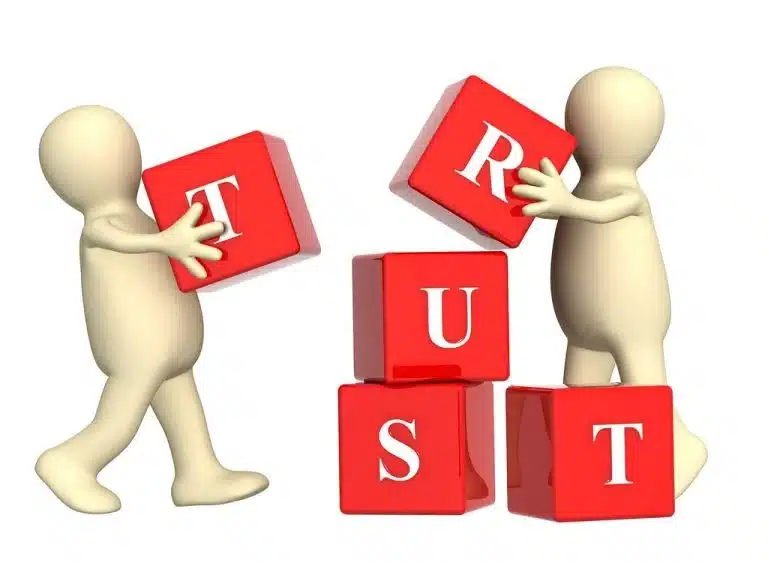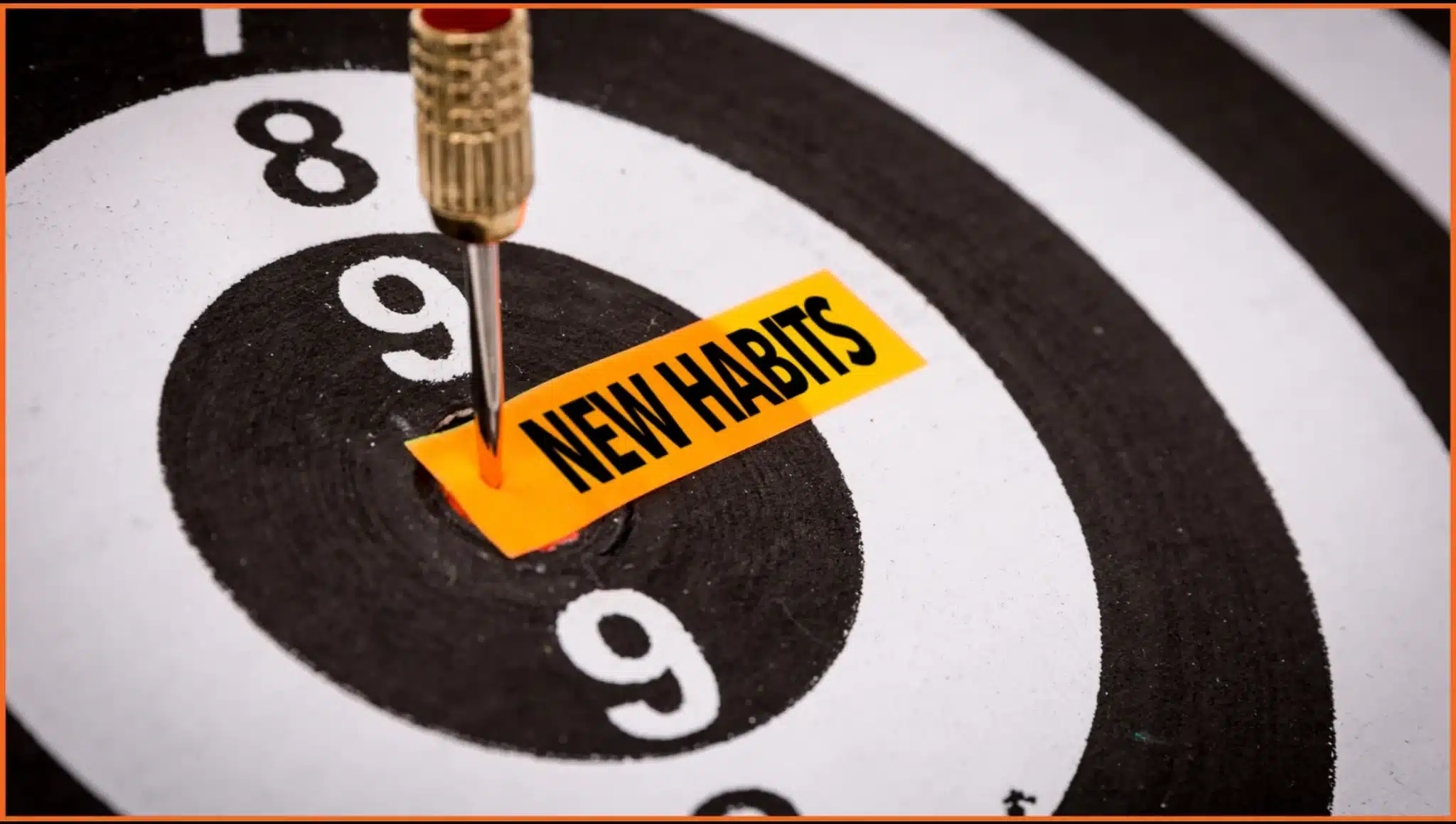In our experience facilitating corporate learning journeys, we’ve come to value simple activities that deliver powerful insights. One such activity that continues to leave a lasting impression on teams is The Blind Man’s Tower.
Used widely in team-building and leadership development interventions, this deceptively simple exercise consistently highlights critical themes such as situational leadership, trust, team dynamics, decision-making under pressure, and the importance of communication.
Let’s walk you through the setup, execution, and (most importantly) the insights we’ve seen teams uncover during this activity.
The Setup: Tools and Space
Table of Contents
What you need:
- Teams of 3 participants each
- 50 paper cups per team
- Tables or flat working areas
- Open space (to avoid interference between teams)
- Blindfolds
The Instructions: Roles and Objectives
Each team of 3 is asked to appoint:
- 1 Worker: The only person allowed to physically touch the paper cups
- 2 Managers: Responsible for planning, giving instructions, and guiding the worker
The team is handed 50 paper cups. Their goal: Build the tallest tower possible.
To add a layer of challenge and realism:
- The Worker is blindfolded.
- Only the Worker is allowed to touch the cups (penalties apply if Managers touch the structure).
- Teams have 1 minute to plan.
- The build time is 10 minutes.
We also ask each team to estimate their target tower height in advance (measured in floors, assuming one cup = one floor).
Bonus points are awarded for:
- Finishing within time
- Beating self-estimated targets
This introduces a healthy amount of pressure – very similar to what leaders and teams experience in real workplace situations.
The Twist
Right before the building phase begins, two final instructions are revealed:
- The Worker will be blindfolded during the entire activity.
- Only the Worker can touch the cups.
The reactions are always priceless. Teams often gasp, laugh nervously, or break into a huddle. It’s a moment that flips the energy in the room. The perceived simplicity of the task suddenly feels a lot more complex – and that’s where the learning begins.
What This Activity Reveals (And Why It Works)
1. Situational Leadership in Action
We’ve noticed how naturally the concepts of situational leadership emerge during this activity. Some managers take a directive approach, barking orders. Others prefer to coach, asking questions. Some choose to step back and let the worker lead. The most successful teams adapt their style based on how the Worker responds – precisely what situational leadership is all about.
2. Trust & Psychological Safety
The blindfold creates a literal need for trust. Workers must rely entirely on verbal guidance. Managers must build credibility quickly. We’ve observed how high-trust teams move faster and make fewer errors. When trust is missing, micromanagement and confusion creep in.
One of our participants once said, “It felt like I had to surrender control and just trust the voices.” That, in a nutshell, is what many people experience in modern hybrid teams.
Related Read: Building Psychological Safety at Work
3. Communication Styles Matter
Teams quickly discover that simply talking doesn’t guarantee understanding. Managers learn to use precise language, tone, and sequencing. We’ve seen teams experiment with structured instructions (“Left-hand, 10 cm forward, now gently place the cup”) vs. vague ones (“Put it there!”).
Reflecting on this, many participants relate it to working with cross-functional teams or colleagues across geographies where clarity in communication is vital.
Related Read: Why Communication Is An Important Leadership Trait?
4. Role Clarity & Delegation
This game powerfully demonstrates the importance of respecting roles. When managers interfere or become impatient and touch the cups, they not only risk penalties but often confuse the worker.
In our debriefs, we often ask:
- Were roles respected?
- Did managers start doing the worker’s job?
- Was there an unspoken assumption of who was “leading”?
The answers always mirror real workplace dynamics.
5. Planning vs. Execution
That 1-minute planning time before building begins? It’s gold.
Teams that use it well tend to perform significantly better. Those that dive in without a strategy often spend their time backtracking. It becomes a conversation about the cost of poor planning and the importance of alignment before action.
In our sessions, we often compare this to teams that jump into projects with unclear goals or ambiguous stakeholder roles.
Debrief Prompts We Use:
To deepen the learning, here are some prompts we’ve found effective during the debrief:
- Did you achieve your original target? Why or why not?
- How did the planning phase go?
- How were the instructions delivered? Did it help or hinder?
- Was there trust between managers and the worker?
- Did both managers play equal roles or was there conflict?
- How did pressure (time, competition) affect your team’s behavior?
- What could have been done differently to improve the result?
These reflections often lead to rich insights about team culture, leadership style, and the power of clear communication.
Variations to Keep It Fresh
We often modify the activity slightly depending on the group:
- Planning-first mode: Give all the rules up front, then offer a longer planning phase. This encourages structured thinking.
- Add constraints: For example, the Worker can only use one hand. This adds another layer of complexity and tests creativity.
- Silent round: Managers can only use gestures (no speaking). This creates fascinating dynamics around non-verbal communication.
Why It Works So Well (Even Today)
With hybrid work, rapid change, and evolving team structures, many organizations are looking for ways to simulate complexity in a controlled, safe environment. The Blind Man’s Tower does exactly that.
It’s easy to set up. It’s engaging. And most importantly, it opens up space for real conversations.
We’ve used this activity in sessions with CXOs, first-time managers, and campus hires alike – and every time, the insights that emerge are unique, relevant, and actionable.
Final Thoughts
Sometimes, it’s the simplest activities that bring out the deepest insights.
The Blind Man’s Tower is not just a game. It’s a mirror. A mirror that reflects how your team communicates, leads, trusts, and adapts.
If you’re a manager, L&D leader, or facilitator looking for a powerful yet playful way to drive home some of the most essential workplace lessons, we highly recommend trying this out.
As we often say in our sessions: You may not remember every word that was said but you’ll always remember how it felt to build (or fumble) that tower.
Here’s to building better teams – one paper cup at a time.












